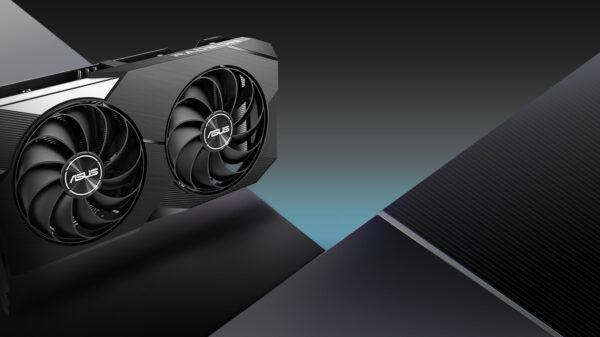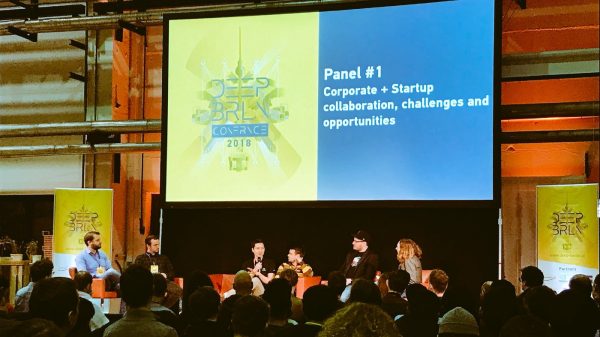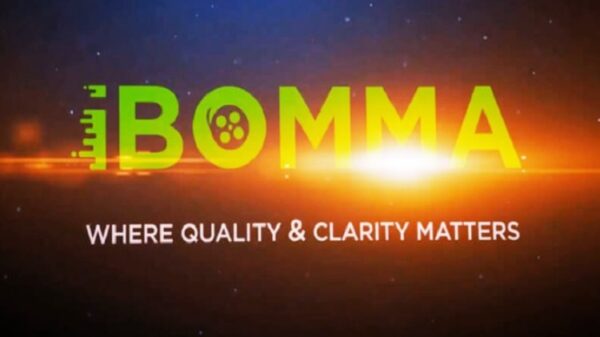The GATE exam comprises many exciting streams. One of the most popular streams is computer science and engineering. Indeed this branch incorporates logical and scientific aspects of technology and programming. During this course, candidates get an opportunity to learn more about the core elements of computer science.
Yes, computer science is a vast branch that includes multiple topics and subtopics in it. This stream will help you sharpen your skills and knowledge about introduction to C programming, logical approach, coding, programming languages, algorithms, database, software application, algorithms, operating systems, etc. And, it is much needed to be a tech-savvy professional.
Are you a GATE CSE candidate? Do you want to appear in the upcoming GATE examination? Are you serious about the GATE CSE exam? If yes, then you have landed at the right destination. Kickstart your GATE journey with the genuine and authentic computer science syllabus details. The GATE computer science syllabus is huge and includes multiple topics. If you want to crack this exam to secure a decent position in IIT, you need to understand the syllabus first. It is the basic and the foremost step to achieve your goal.
Also Read: Which state correctly matches the animal that appears on its flag?
For your convenience, we have accumulated the syllabus of GATE computer science in a tabular format.
GATE Computer Science Engineering Syllabus
| Section | Topics |
| Section 1: Engineering Mathematics | ● Discrete Mathematics: Sets, relations, functions, partial orders and lattices. Groups. Propositional and first-order logic. Graphs: connectivity, matching, colouring. Combinatorics: counting, recurrence relations, generating functions.
● Linear Algebra: eigenvalues and eigenvectors, LU decomposition, Matrices, determinants, system of linear equations. ● Calculus: Continuity, limits, and differentiability. Maxima and minima. Mean value theorem. Integration. ● Probability: Uniform, normal, exponential, Poisson and Binomial distributions. Mean, median, mode and standard deviation. Conditional probability, Random variables, and Bayes theorem. |
| Section 2: Digital Logic | ● Combinational Boolean and sequential circuits, algebra. Number representations, computer arithmetic (fixed and floating point) and Minimisation. |
| Section 3: Computer Organisation and Architecture | ● ALU, data‐path and control unit. Machine instructions and addressing modes. Memory hierarchy: cache, main memory, and secondary storage; I/O interface (interrupt and DMA mode), and Instruction pipelining. |
| Section 4: Programming and Data Structures | ● Arrays, stacks, queues. Recursion, Programming in C, A linked lists, trees, binary search trees, binary heaps, graphs. |
| Section 5: Algorithms | ● Asymptotic worst-case time and space complexity. Searching, sorting, hashing. Algorithm design techniques: Dynamic programming and divide‐and‐conquer Graph search, greedy, minimum spanning trees, shortest paths. |
| Section 6: Theory of Computation | ● Context-free grammars and push-down automata. Regular expressions and finite automata. Regular and context-free languages, pumping lemma. Turning machines and undecidability. |
| Section 7: Compiler Design | ● Lexical analysis, parsing, syntax-directed translation. Runtime environments. Intermediate code generation. Local optimisation, Data flow analyses: constant propagation, liveness analysis, common subexpression elimination. |
| Section 8: Operating System | ● Deadlock. CPU scheduling. Memory management and virtual memory. File systems. Processes, inter‐process communication, threads, concurrency, and synchronisation. |
| Section 9: Databases | ● Integrity constraints, normal forms. ER‐model. Relational model: relational algebra, tuple calculus, SQL. File organisation, indexing (e.g., B and B+ trees). Transactions and concurrency control. |
| Section 10: Computer Networks | ● Concept of layering: OSI and TCP/IP Protocol Stacks; Basics of packet, circuit and virtual circuit-switching; Data link layer: framing, error detection, Medium Access Control, Ethernet bridging; Routing protocols: shortest path, flooding, distance vector and link state routing; Fragmentation and IP addressing, IPv4, CIDR notation, Basics of IP support protocols (ARP, DHCP, ICMP), Network Address Translation (NAT); Transport layer: flow control and congestion control, UDP, TCP, sockets; Application layer protocols: DNS, SMTP, HTTP, FTP, Email.
|
These are all the core topics that you need to cover if you are going to appear in the upcoming GATE exam with the CSE branch. The level of the GATE exam is high, and one needs to focus on each and every topic.
There are some important topics like tree, stack and queue, functions, union and structures, heap sort, combinational circuit and more. Make sure you cover all these topics with full accuracy.
Best of Luck, GATE Computer Science Aspirants!




































